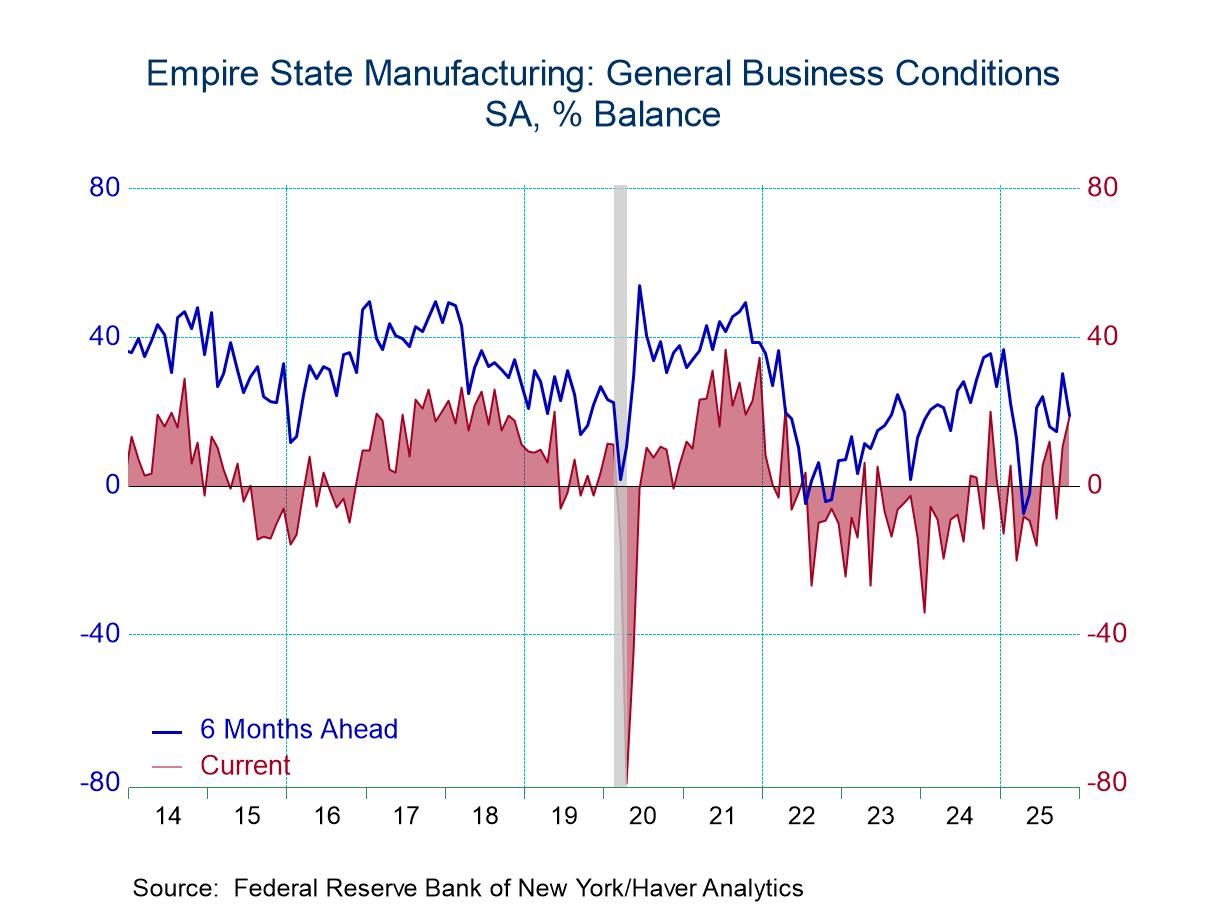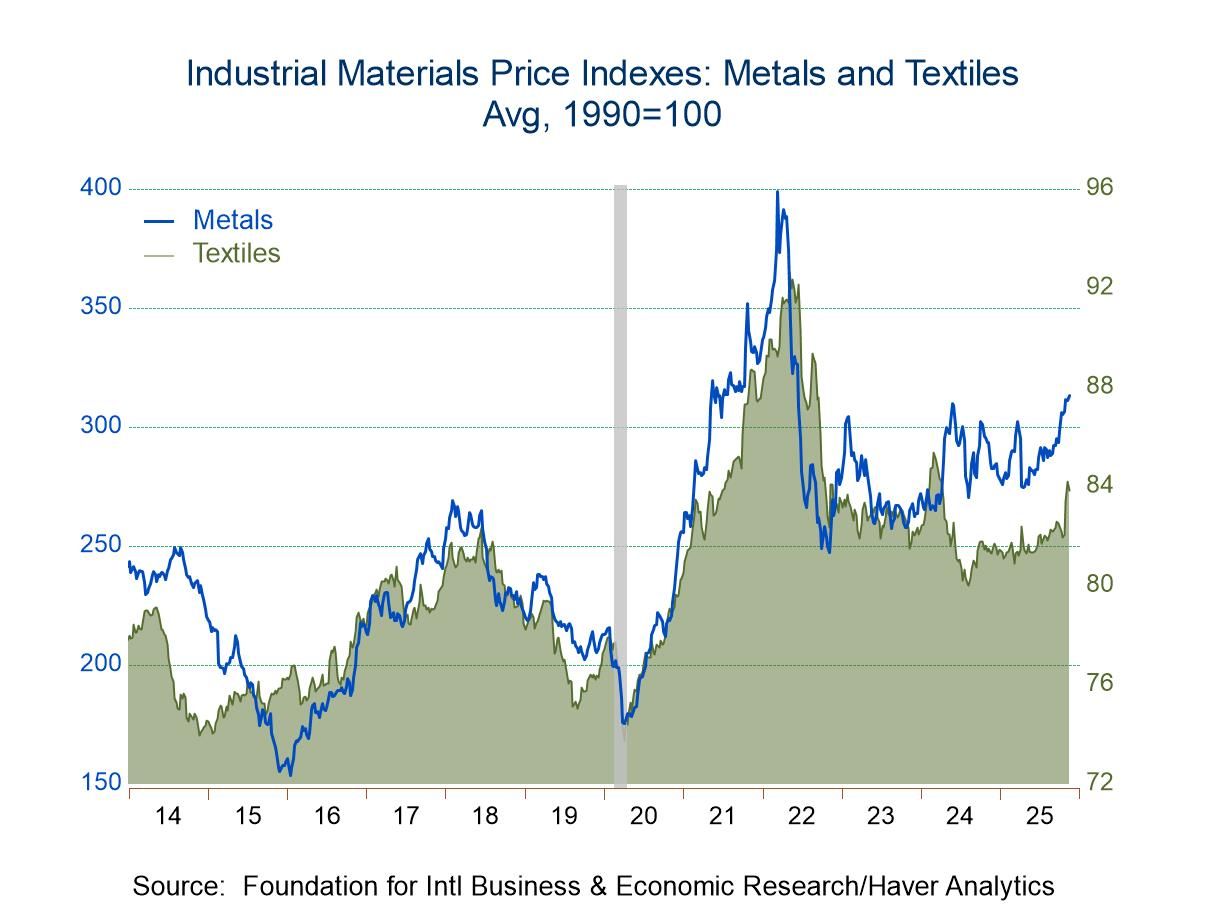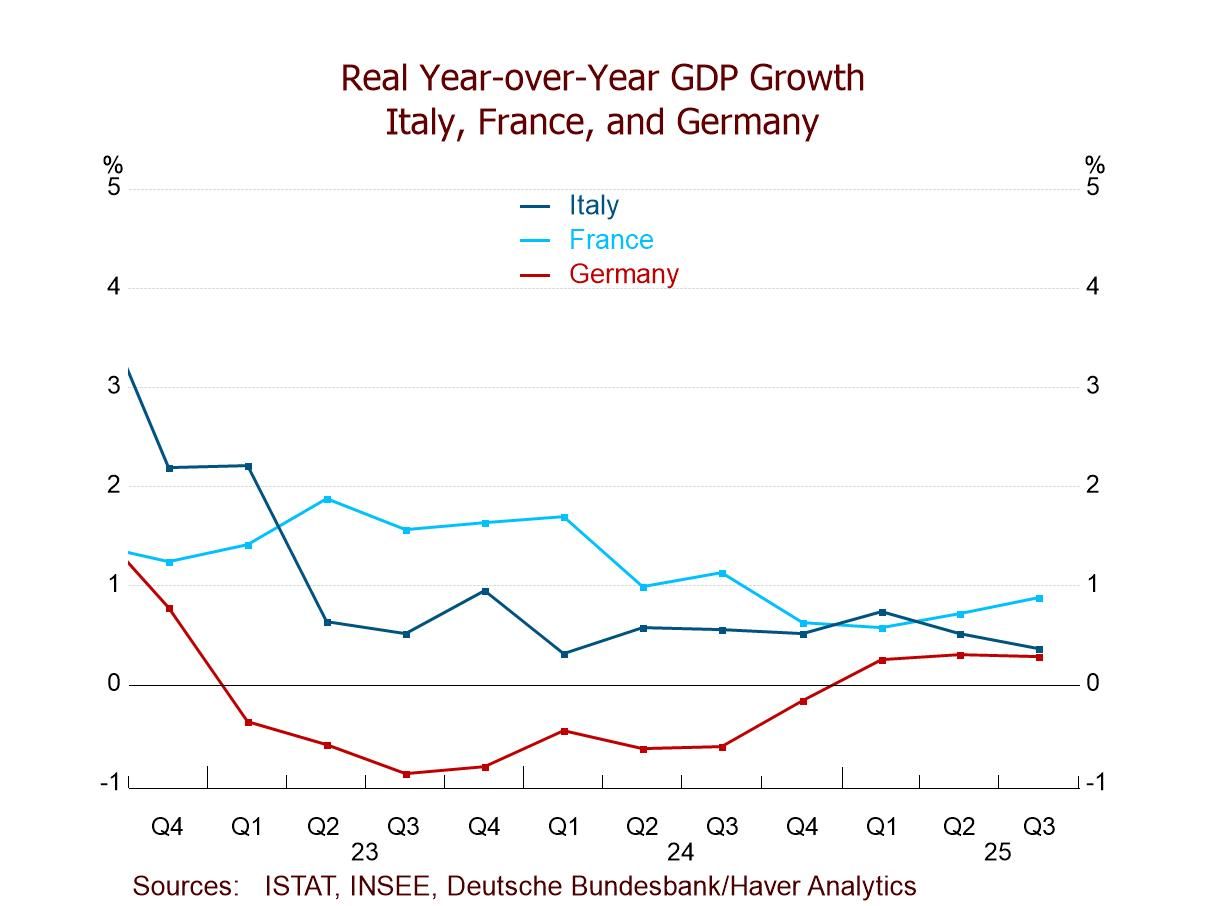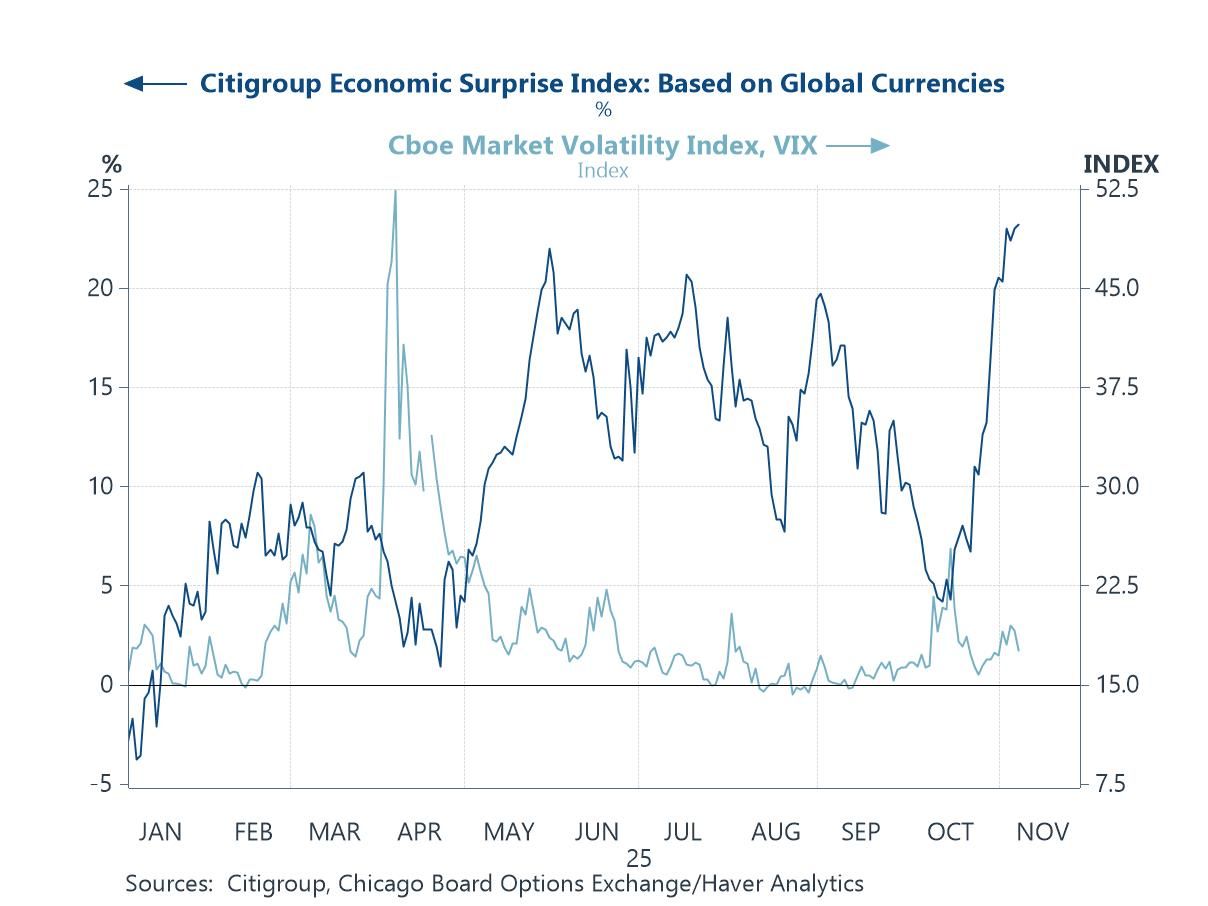U.S. Unemployment Insurance Claims Up 13,000 in June 8 Week
Summary
- Initial claims slightly higher than expected
- Continuing claims increase moderately, but maintain tight range
- Insured unemployment rate still 1.2%, same since March 2023


Initial claims for unemployment insurance were 242,000, seasonally adjusted, in the week ended June 8, up 13,000 from the June 1 amount of 229,000, which was unrevised from its first report. The Action Economics Forecast Survey had expected the June 8 number to be 224,000, so the actual number is indeed somewhat higher than forecast, although not severely so. The latest week makes the four-week moving average 227,000, up from 222,250 in the June 1 week.
The total of insured unemployment, also known as continued weeks claimed, was 1.820 million in the week ended June 1, up from 1.790 million in the May 25 week. That earlier amount was revised slightly from 1.792 million reported before. The four-week moving average of continuing claims was 1.797 million through the June 1 week, up from 1.788 million through the prior week.
The insured unemployment rate, that is, total insured unemployment as a percent of covered employment was yet again 1.2%, where it has been continuously since March 11, 2023.
The insured unemployment rate varies widely among individual states and territories. In the week ended May 25, the highest rates were in New Jersey (2.26%), California (2.11%), Washington (1.75%), Rhode Island (1.62%), and Massachusetts (1.58%). The lowest rates were in South Dakota (0.26%), Florida (0.37%), Kentucky and Kansas (each 0.39%), Virginia and North Dakota (each 0.42%) and North Carolina (0.43%). Rates in other prominent states include Illinois (1.54%), New York (1.51%), Pennsylvania (1.45%) and Texas (1.09%). These state rates are not seasonally adjusted.
Data on weekly unemployment claims are from the Department of Labor, not the Bureau of Labor Statistics. They begin in 1967 and are contained in Haver’s WEEKLY database and summarized monthly in USECON. Data for individual states are in REGIONW back to December 1986. The expectations figure is from the Action Economics Forecast Survey in the AS1REPNA database.


Carol Stone, CBE
AuthorMore in Author Profile »Carol Stone, CBE came to Haver Analytics in 2003 following more than 35 years as a financial market economist at major Wall Street financial institutions, most especially Merrill Lynch and Nomura Securities. She had broad experience in analysis and forecasting of flow-of-funds accounts, the federal budget and Federal Reserve operations. At Nomura Securities, among other duties, she developed various indicator forecasting tools and edited a daily global publication produced in London and New York for readers in Tokyo. At Haver Analytics, Carol was a member of the Research Department, aiding database managers with research and documentation efforts, as well as posting commentary on select economic reports. In addition, she conducted Ways-of-the-World, a blog on economic issues for an Episcopal-Church-affiliated website, The Geranium Farm. During her career, Carol served as an officer of the Money Marketeers and the Downtown Economists Club. She had a PhD from NYU's Stern School of Business. She lived in Brooklyn, New York, and had a weekend home on Long Island.






 Global
Global